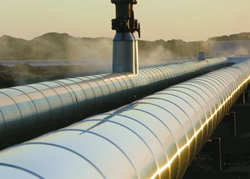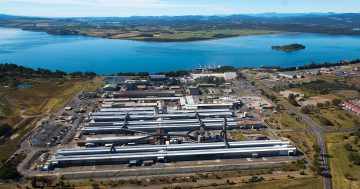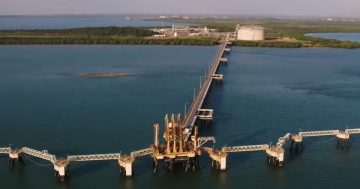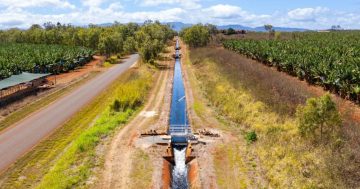 Referred to as the backbone of the State’s gas industry, the Queensland gas pipeline has marked its 30th anniversary.
Referred to as the backbone of the State’s gas industry, the Queensland gas pipeline has marked its 30th anniversary.
Minister for Mines, Anthony Lynham said thousands of jobs, hundreds of petajoules of gas and multi-billions in economic stimulus had flowed from the pipeline over the past three decades.
“Queensland’s gas and manufacturing industries support more than 200,000 jobs now, and have generated thousands more pay-packets across the State since 1990,” Dr Lynham said.
“Government, industry, unions and health authorities have worked closely together throughout the pandemic to keep the resources sector operating and keep their people safe, and the communities they live and work in.”
He said the health response had been managed well, and resources and manufacturing remained central to Queensland’s economic strategy to create jobs.
Minister for Regional Development, Glenn Butcher spent 21 years working with Queensland Alumina Limited at its Gladstone refinery.
“Gladstone is an industrial powerhouse today because of this pipeline, which delivered on the largest natural gas contract in Queensland’s history, transporting 13 petajoules per year to Queensland Alumina’s refinery for 10 years,” Mr Butcher said.
“At the time, Queensland Alumina praised the pipeline as saving it $40 million worth of imported fuel costs each year.”
The original 530-kilometre pipeline was built to deliver gas from Wallumbillah to Gladstone.
More than 300 Queenslanders worked to build the pipeline from 1989 to 1990 and it was officially opened on 25 July 1990.
The current 627-kilometre pipeline connects the Wallumbillah Gas Hub in South-West Queensland to large industrial gas users in Gladstone and Rockhampton.





